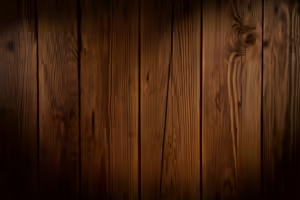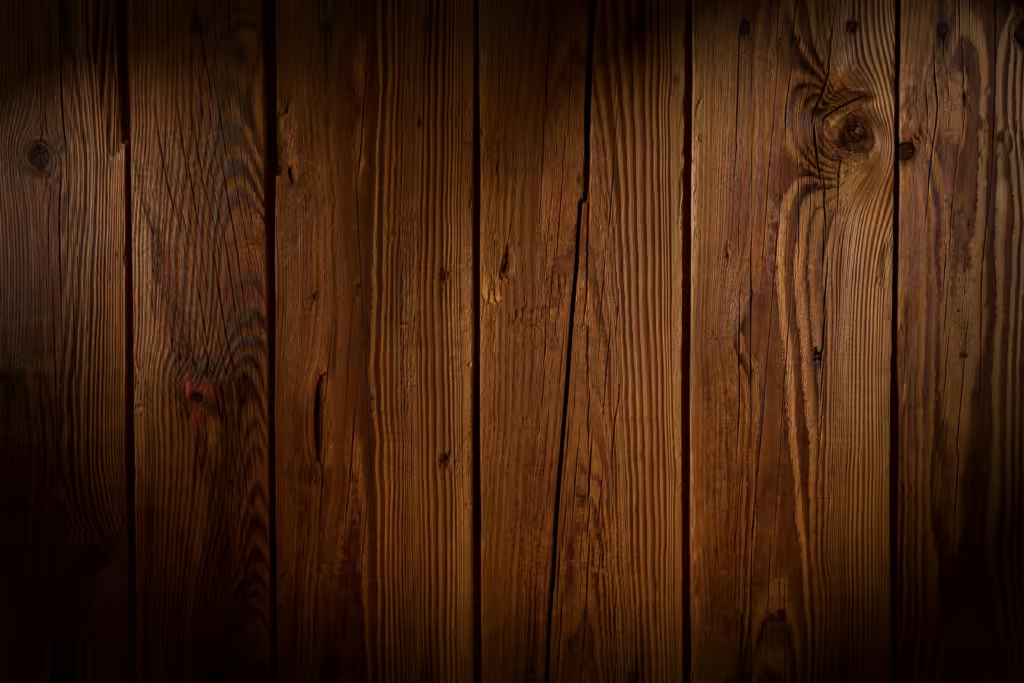Eco Friendly Wood Veneers

Content
What Makes Wood Veneer Environmentally Friendly?
- Sourcing is Done in a Sustainable Way
- Reclaimed and Recycled Wood
- Low VOC Adhesives and Finishes
- More efficient manufacturing process
- Longevity and Durability
Applications of Eco-Friendly Wood Veneer
The Future of Eco-Friendly Veneer
Environmentally Friendly Wood Veneer As A Tool For Future Sustainability
In a world where environmental sustainability is becoming more than just a buzzword, consumers are looking for companies in different ways for the environment than products for human consumption. . For this, it is important to talk about the product, natural wood veneer. This functional material, valued for its great look and adaptability, also forms part of sustainable practice and therefore excellent in those with an environmental feel and businesses. The article goes on to unveil the incredible world of eco-friendly wood veneer, its benefits, methods of production, and how it stands out as the best alternative within the world of construction and interior design.
Understanding Wood Veneer
Wood veneers in the simplest of terms are thin slices of natural wood generally less than 1/40” thick. These veneers are typically pressed onto or laminated to thicker core materials such as plywood, particle board and MDF to create structural panels to be used in place of thicker hardwood lumber. This is still real wood but machinery and technology allow the material to be sliced thin without waste instead of sawing it into thick boards. Just like thick boards, it can be plain sawn, quarter sawn, rift cut, or rotary cut and produce the many different grain patterns associated with each cut.
Wood veneer, in this regard, finds extensive usage in furniture, cabinetry, and wall panelling, offering a customer the aesthetic qualities of solid wood without the need to cut large quantities of timber. This approach not only helps save a lot of wood resources but also makes finished products become lighter and less expensive.
However, it has its disadvantages in using old-growth forests, which are very crucial for biodiversity, climate, and carbon storage in the traditional production of wood veneer. Additionally, adhesives and finishes used in the processing of conventional wood veneer contribute largely to the release of volatile organic compounds, which pollute indoor air and lead to health risks.
Moreover, traditional wood veneer manufacturing can be extremely wasteful because of large stretches of timber wasted as a result of defects or abnormalities. The carbon emissions associated with the long haul of timber from deeper into forests to manufacturing plants is another Add.
What Makes Wood Veneer Environmentally Friendly?
There are many environmental problems, but there are many related to the construction of timber. These are a few reasons eco-friendly wood veneer is considered to be sustainable.
1. Sourcing is Done in a Sustainable Way
Buying sustainable wood is one of the most important things when it comes to wood veneers for the environment. Ethical producers source wood from well-managed forests, where logging operations are managed efficiently and ensure long-term ecological sustainability in the forest. Now such forests are usually certified under organizations such as the Forest Stewardship Council and the Programme for the Endorsement of Forest Certification.
Sustainable forestry practices could well involve selective logging—where the trees to be taken down are marked and the operation allows individual trees to be harvested, thus being the least disturbing to the overall forest. This kind of operation would protect some level of biodiversity, give some protection for wildlife habitats, and provide an opportunity to have the remaining forest still able to sequester carbon. If nothing else, this kind of element supports a good marketing message to the consumer—purchasing wood veneer from sustainably grown forests.
2. Reclaimed and Recycled Wood
Another great advantage of eco-friendly wood veneer is the use of reclaimed or reclaimed wood. We get wood that is removed from old or empty buildings, furniture or other items. It is far better than letting it go to waste, since the real wood gets brought further into use and in the meanwhile helps decrease the need for freshly harvested timber.
Recycled wood, on the other hand, refers to this case where it reuses wood that the manufacturing process disposes of as waste or by-products. It makes a veneer out of the said woods, again minimizing waste and maximizing all that is left. The use of reclaimed and recycled wood veneers results in less logging and promotes the saving of carbon footprint from the wood production process.
3. Low VOC Adhesives and Finishes
Older wood veneers often use adhesives, coatings and organic compounds that are not airborne and contribute to indoor air pollution. Environmentally friendly wood veneers, on the other hand, use low-VOC or no-VOC additives and finishes. These materials are less dangerous to human health and the environment, thus being a more secure choice for houses, offices, and other indoor spaces.
In addition, with low-VOC adhesives and finishes, the product is responsible for having good indoor air quality, since the elementary settings of use are schools, hospitals, and homes where users spend most of their time. Eco-friendly wood veneer encourages consumers to have healthier living and working environments.
4. More Efficient Manufacturing Process
Eco-friendly wood veneer is produced using more efficient manufacturing processes with reduced waste and energy use. Modern techniques in the manufacture of veneers make it possible to use very precise cutting and utilization of the timber, so the waste that is thrown away because of defects or irregularity is greatly reduced.
Some even derive the energy used to run their manufacturing facilities from sources as sustainable as solar or wind. All this becomes an added feature to reduce the environmental impact of wood veneer and make the product even more sustainable.
5. Longevity and Durability
Holz in Form wood veneer is not only eco-sustainable to produce but also over its life course. Quality wood veneers are more durable, taking less frequency of replacement, hence lessening resource consumption and waste.
Furthermore, the damaged wood veneer can be refinished or repaired most of the time to use it further. Hence, consumers may reduce their negative impact on the environment and instead purchase long-lasting high-quality eco-friendly wood veneer, assured of its enduring performance in the beauty of creation.
Applications of Eco-Friendly Wood Veneer
Eco-friendly timber veneer is versatile material with a spectrum of applications in interior design from touch-friendly surfaces to construction. Apart from being environmentally sound, it has quite an aesthetic advantage over other materials in general. Used already in the following projects:
1. Furniture Design
One of the most common applications for wood veneer is found in furniture design. Environmentally friendly wood veneer allows furniture manufacturers to create beautiful, natural wood surfaces without the need for solid wood, which implies not only a limitation on the amount of timber required but also innovative and creative designs.
Eco-friendly wood veneer has versatile applications: sustainable furniture includes tables, wardrobes, chairs, cabinets, and others that could blend with any type of interior. The exotic, character-rich feature is given by the use of reclaimed or recycled wood veneer in furnishing the furniture pieces.
2. Wall Paneling and Cladding
Wood veneer is also popular for wall paneling and cladding providing warmth and a natural aesthetic sense to different divisions. Eco-friendly wood veneers, therefore, can be effectively used in creating feature walls, accent panels, or even total room coverings as an effective way to add texture and depth in design.
In commercial applications, such as hotels, offices, and retail environments, wood veneer paneling can produce a warm, upscale feel. The fact that eco-friendly materials are being used in these cases endures beyond the aesthetic and more fully supports a corporation’s sustainability initiatives.
3. Architectural Elements
Environmentally sound wood veneers are great for setting off various architectural elements, such as doors, window frames, and moldings, with an air of natural elegance, either in high-end international design or in a beautifully stylish residence in residential design.
However, such use of eco-friendly wood veneer doesn’t constraint to these corporate giants only. Even architects and designers can speak up a statement specific to their concept while at the same time expressing a commitment to conservation and the sustainable use of wood. These custom designs overflow into homes and offices with either modern or classic wooden veneer, which compliments architectural styles.
4. Flooring
Tradition solid wood flooring remains popular with many; however, an environmentally friendly alternative for wood veneer flooring is provided. Here, a thin natural wood layer is laid over a sustainable substrate, thus utilizing less timber but delivering both the look and the feel of solid wood.
Most of all, manufacturers and designers do not have to sacrifice sustainability in relation to the aesthetics available because the use of various species, finishes, and patterns in wood veneer flooring is possible. In addition, wood veneer flooring is a more affordable and easier solution to install compared to solid wood for a more attractive consideration for various projects.
5. Cabinetry and Millwork
Eco-friendly veneers find numerous applications: from building kitchens and baths to built-in furniture pieces leading to sustainable design solutions of cabinets and millwork. By integrating the use of veneers, one can make custom cabinetry and millwork while achieving a natural wood appearance, hence minimizing the impacts on the environment.
It exhibits itself as a cohesive look along with style that cannot go unnoticed in a kitchen. Wood veneer can add both a luxurious and warm feel to vanities and storage units in the bathroom. The versatile nature of veneer has made it common in modern and traditional designs.
The Future of Eco-Friendly Veneer
One element is an environmental worry, the continued process of which contrives to shape customer behavior and industrial working together: demand for eco-friendly wood veneer. Sustainable forestry, manufacturing processes, and materials have driven innovation in wood veneers, and this means they will only continue to be developed and leveraged as a more attractive solution for those striving to apply design solutions sustainably.
Advances toward future increases in the use of reclaimed and recycled woods, however, will be accompanied by new formulations of low-VOC adhesives and finishes. The development and application of new sustainable substrates could further reduce the products’ environmental loads.
The trend toward sustainable design is not just another dictate; it is a fundamental swing in the way in which we look at building, manufacturing, and interior design. Eco-friendly wood veneer is only one example of how traditional materials are being reconfigured to satisfy the needs of a more planetatically conscious world.
“This blog contains affiliate links, which means I may earn a commission if you click through and make a purchase. This comes at no additional cost to you. I only recommend products that I genuinely believe are eco-friendly and beneficial for the environment. Your support helps keep this blog running, and I appreciate it!”

